Intriguing And Largely Unknown Ancient Discoveries And The Questions They Raise
We are constantly hearing about how far we have come since [insert date] and how they said the same thing about how far they had come back then (whoever “they” are whenever “back then” is). And yes, when society, the news, medicine, science, or whatever says as much, it is true. However, sometimes it seems we lost some ingenuity or sheer creativeness that seemed to embody so many pieces of art of the past. Even some everyday items from centuries ago now seem like artwork because of how well and beautifully they were made. For this reason, we have compiled a list of some of the most amazing creations ever made by humans over the centuries. Furthermore, this list will also feature some lesser-known pieces that often get sidelined by more famous works.
A 1,500-Year-Old Mayan Figurine
We all had that favorite toy growing up, that toy that we tried to use to make our friends jealous. But sometimes, they had a toy that made you jealous, such as this fantastic Mayan ceramic figure that is over 1,500 years old!
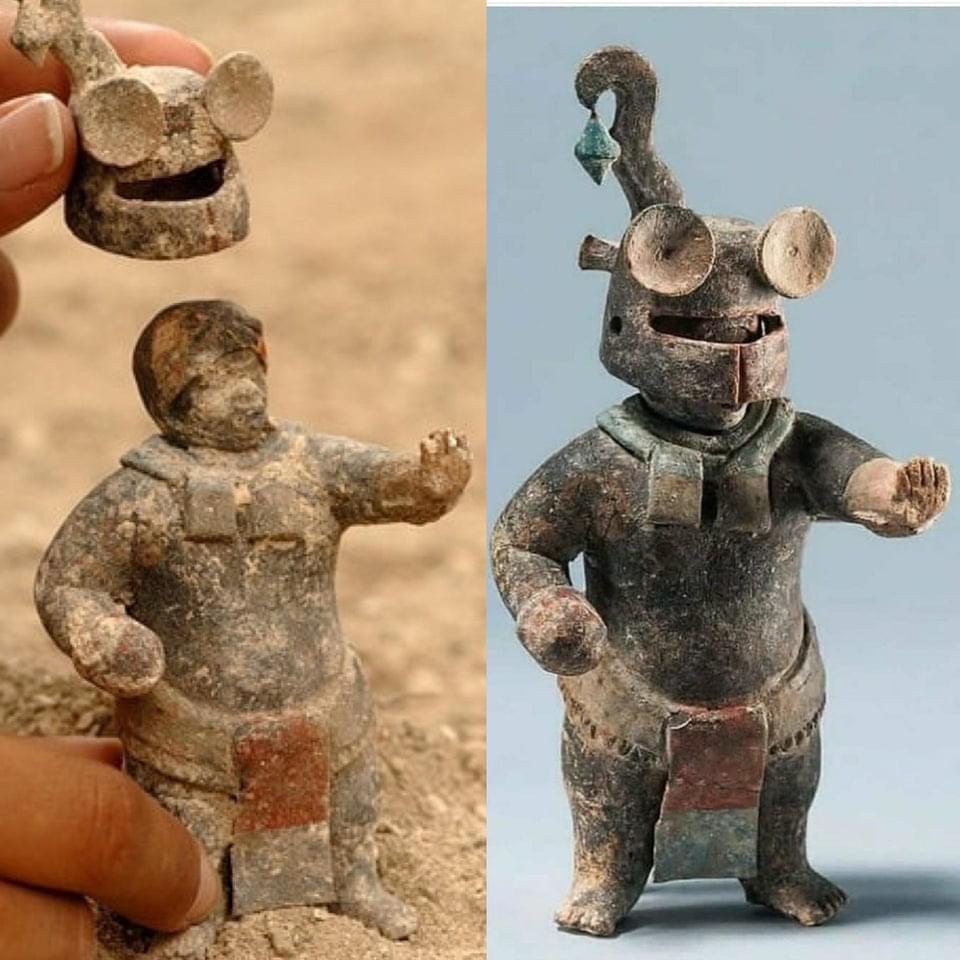
Not only is this figure exceptionally well designed, but it also comes with its own removable helmet! The figure was said to be part of a set of 23 and was part of a mourning ritual used in closing royal tombs.
The Veiled Christ
Speaking of unique ancient creations, it is mind-boggling at times to imagine just how some of these centuries-old pieces of art were made. A good example is marble sculptures. We know there was a slew of these made across Europe.
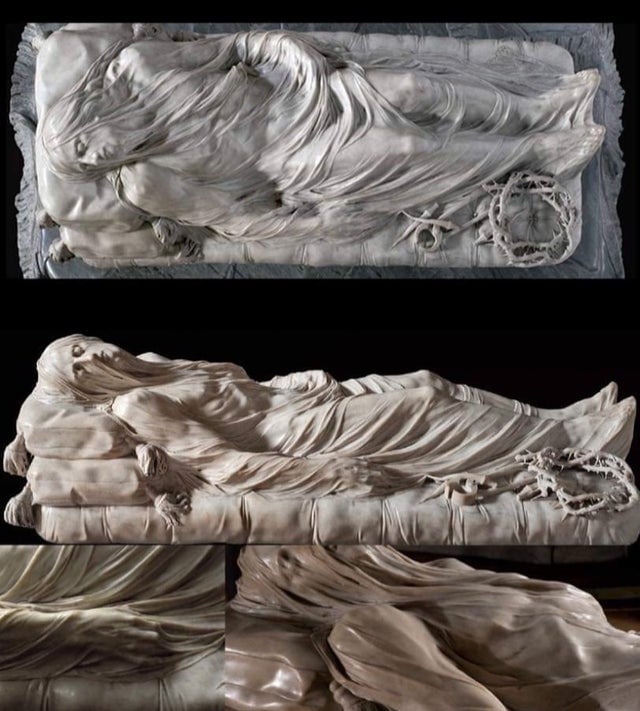
Without a doubt, one of the most impressive and awe-inspiring sculptures has to be the Veiled Christ by Giuseppe Sanmartino from 1753. Everything about this piece is stunning to look at, from the body within and the very fabric that covers him.
Prague’s 15th-Century Astronomical Clock
Sculptures and statues made from stone, marble, or clay were not the only notable works to have been made. As much as we are obsessed with well-made and fancy timepieces in the modern era, few can beat this next masterpiece.
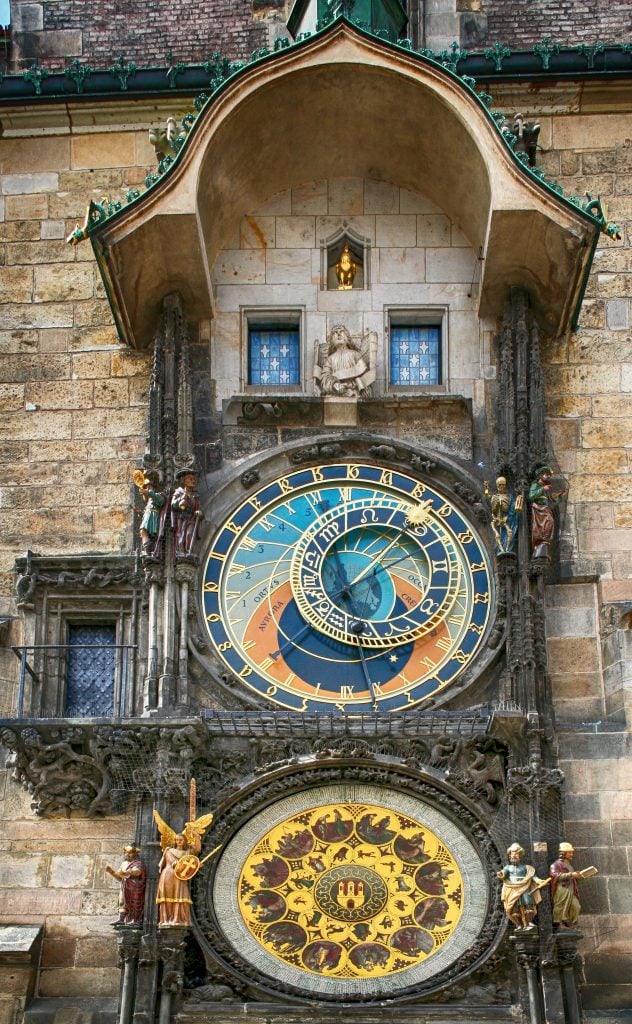
Prague’s Astronomical Clock is a 15th-century work of genius that features both a calendar and an astronomical dial. The clock is the third-oldest astronomical timepiece in the world and is currently the oldest one still functioning correctly. Talk about good quality.
Ratto di Prosperina
When it comes to famous artists, painters, and sculptors, we all know a few names that have left an undeniable impression on the world of arts, such as da Vinci or Michelangelo. Sadly, not many laypeople people know about Gian Lorenzo Bernini.
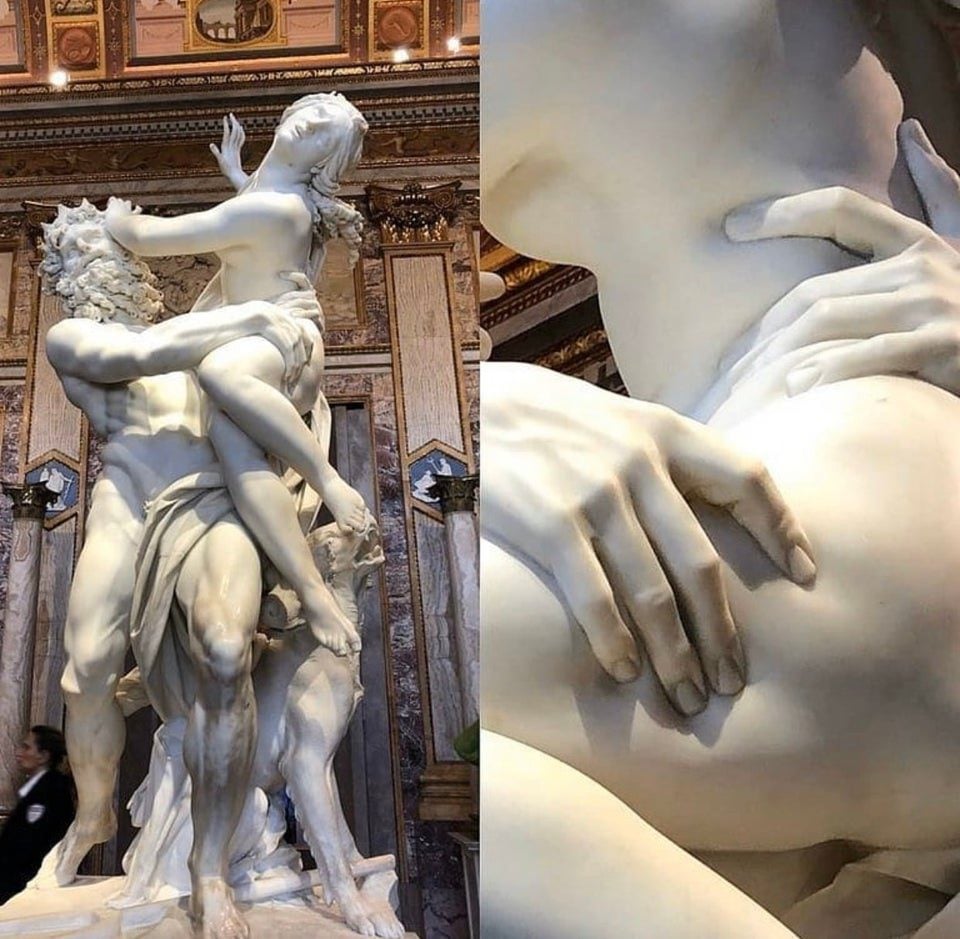
Bernini is regarded as responsible for starting the Baroque sculpture movement and is most famous for his sculpture, the Ratto di Prosperina. This brilliant piece is a statue of solid marble that captures the realness and tone of muscle and flesh.
Elaborate Ottoman Birdhouses
There is something captivating and endearing about birdhouses and watching the tiny yet graceful feathered creatures that swoop and flutter around them. Birdwatching is a peaceful and relaxing activity that seems to have been popular across the world for centuries.
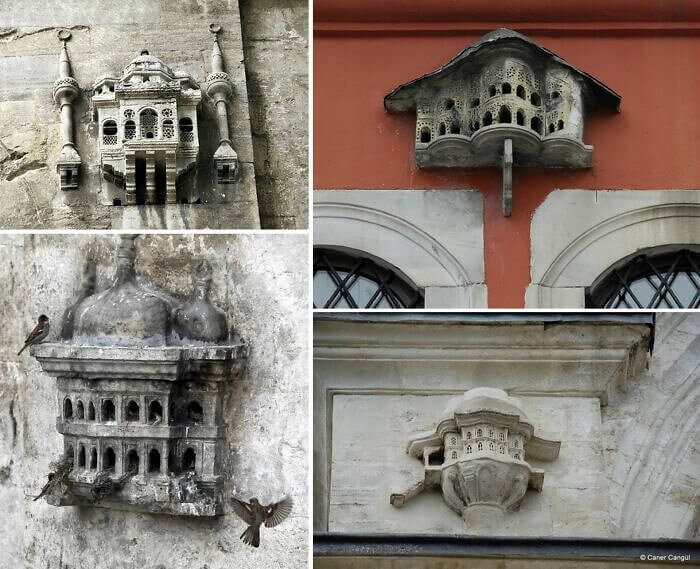
These incredibly decorative and stylized miniature stone houses are, in fact, birdhouses that decorated many important or luxurious buildings during the era of the Ottoman Empire. The sheer craftsmanship of the sculptures really makes one want to have one of their own!
Bison Sculptures from 14,000 years ago
Looking at Renaissance period statues and sculptures is already impressive enough considering the less advanced tools. The skill and resilience are even more impressive when you see this bison sculpture that is 14,000 years old! You read that number correctly, friend.
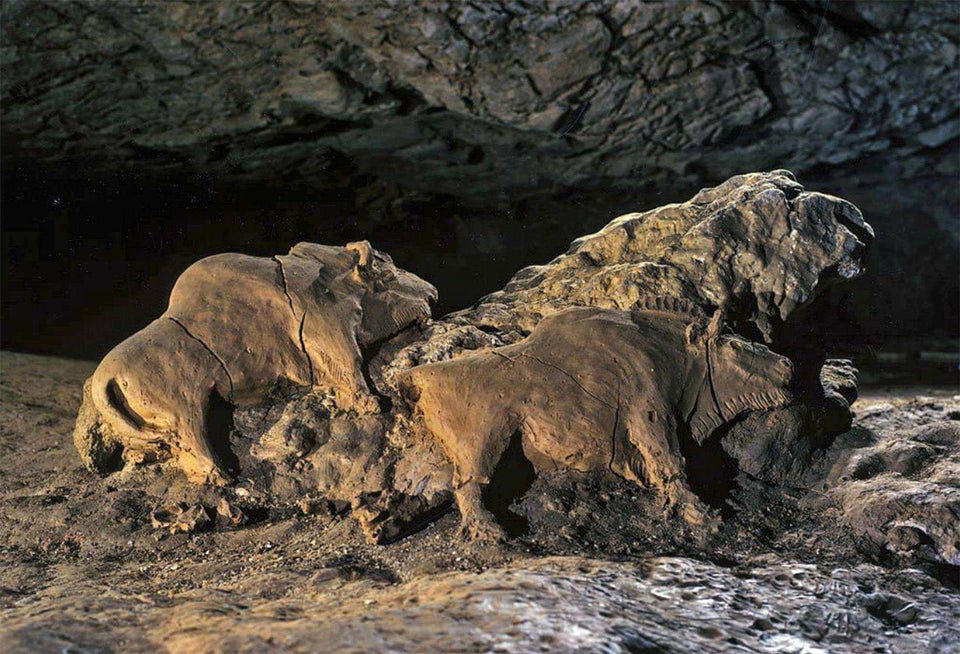
This millennia-old sculpture was made from the very clay of France’s Le Tuc j’adoube cave, where it is found. The statue is believed to have been made with nothing else but sharp rocks and the very fingers and fingernails of its creator.
Cave Age Crystal Tip
Let’s fast-forward a couple of thousand years while still keeping things in the BC era, and we have this 5,000-year-old spear/arrowhead found in Spain. This piece is not only incredibly well-preserved, but that is also made entirely out of crystal!
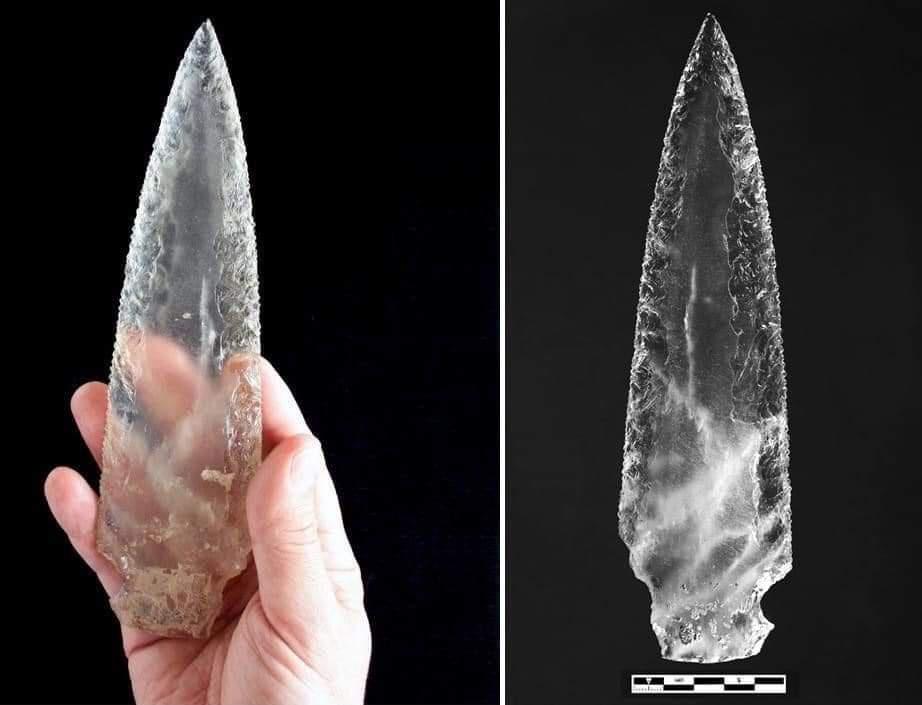
The discovery of this crystal tip shocked the archaeological community, who were astonished by the amount of skill needed to make such an artifact out of solid rock crystals. The tip was found in a tomb along with 25 bodies.
The Ring of Caligula
Speaking of incredibly advanced creations, we have a 2,000-year-old ring that is both beautiful and stomach-turning. The ring is attractive because the whole thing is almost completely made of sapphire, an astounding achievement for its age.
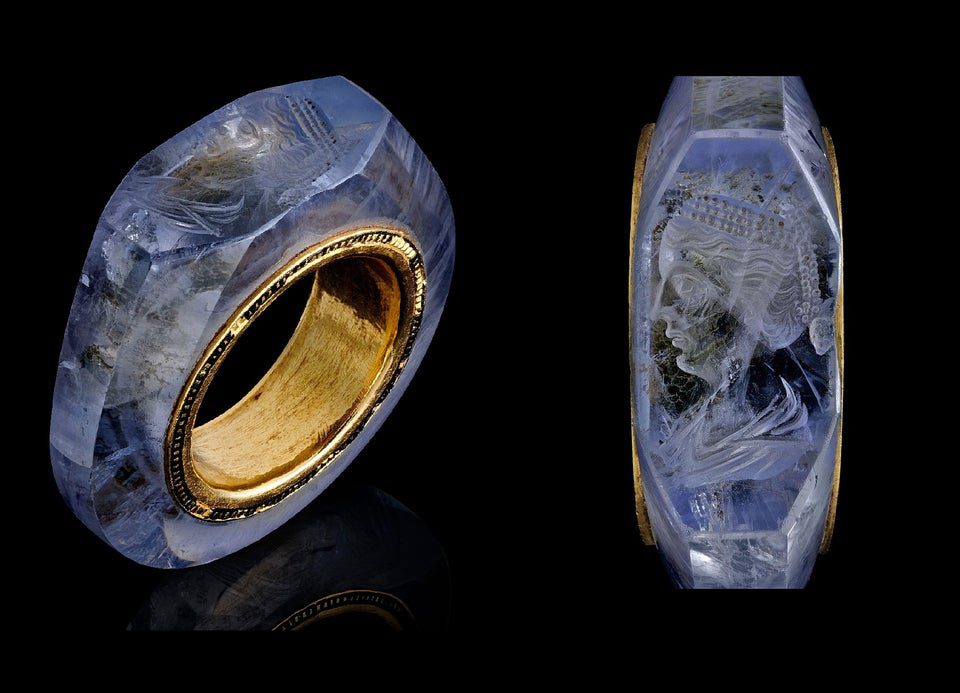
And stomach-turning for the fact that archaeologists believe that the ring belonged to one of Rome’s most insane, tyrannical, and despicable emperors, Caligula. This fact is based on the portrait of a woman on the ring, believed to have been Caligula’s wife, Caesonia.
Ancient Iranian Windmills
When we think of windmills, most of us probably picture some kind of tall tower and Dutch-style building with a rectangular sail that we saw in a period-piece movie or book. That image is a far cry from these ancient Iranian windmills.
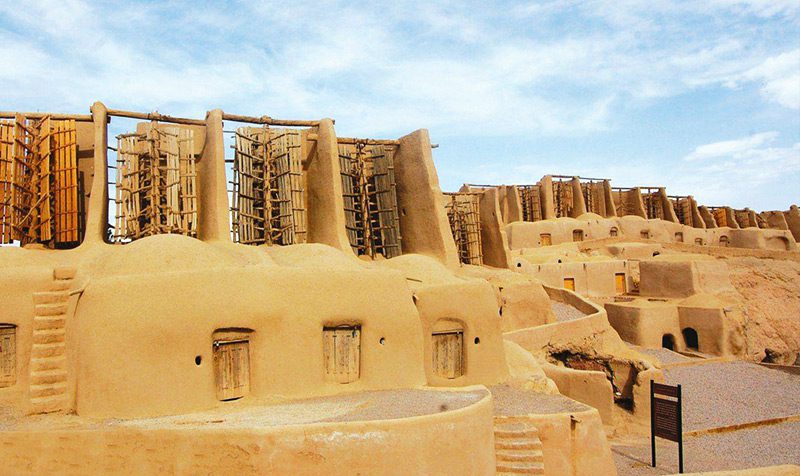
Made from wood, straw, and clay, these windmills are believed to be over a thousand years old, with some of them still functional. From these windmills and their similar Persian cousins, the concept of the windmills spread across the world.
Emperor Maximillian’s Hercules Armour
Suppose you are a history buff, a lover of Medieval themed shows, or appreciate a well-made and decorative piece of art. In that case, you will love this fine suit of armor dubbed the Hercules armor of The Holy Roman Emperor Maximillian II.
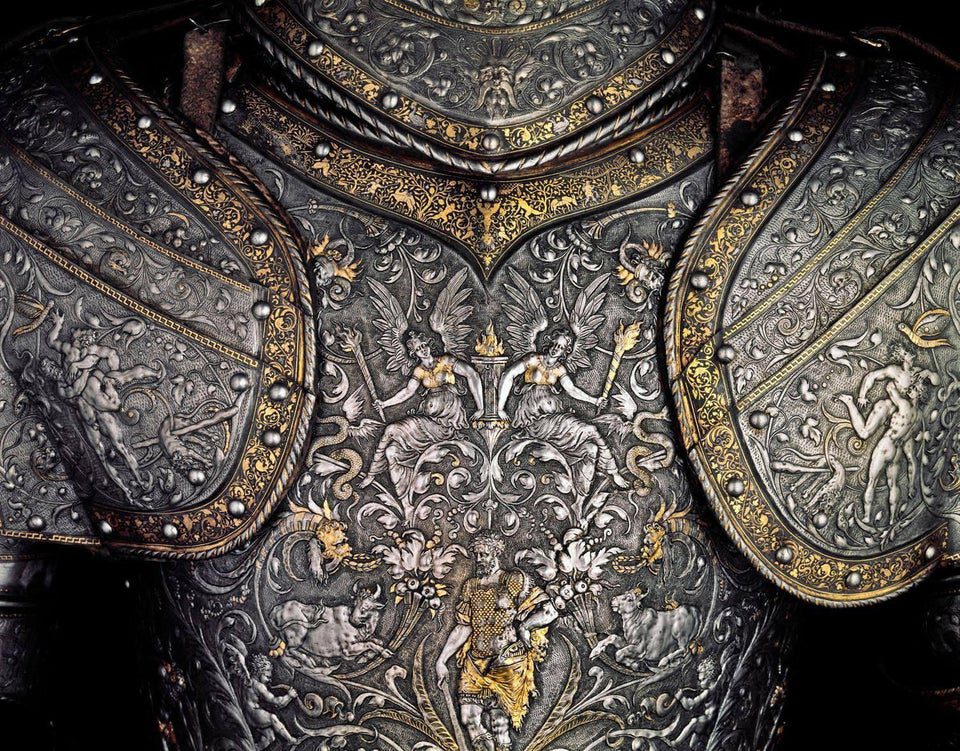
The Holy Roman Empire was not Roman or Italian for those who don’t know. Instead, it was a German empire. The Hercules armor is covered in religious and mythological icons that elevates the suit into a true work of art.
Roman Face Cream
You often hear, generally from older generations, that they either didn’t have or didn’t need any of these fancy beauty and skin products that many of us cannot imagine living without now. Imagine them finding out that face creams aren’t modern inventions!
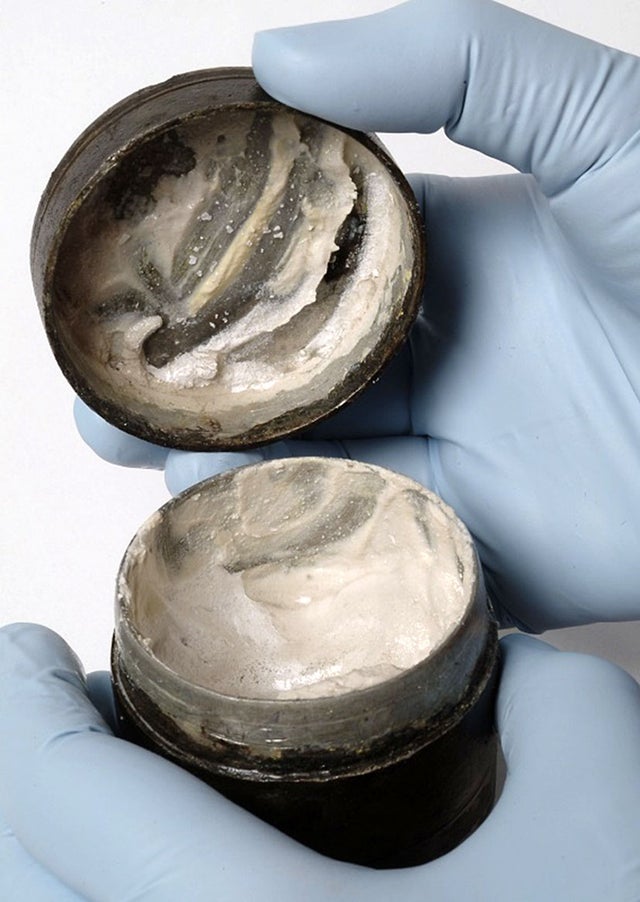
One of the oldest face creams ever found is this tin (yes tin) from Rome that is over 2,000 years old! The cream is believed to have been made out of animal fats, starch, and minerals. Would you try their recipe?
The Terrifying Octopus Samurai Helmet
If you thought Emperor Maximillian’s Hercules armor was stunning to look at, then wait till you see this bizarre, fantastical, and slightly terrifying samurai helmet that is fixed with a golden octopus crest. Yes, this crazy helmet actually does exist!
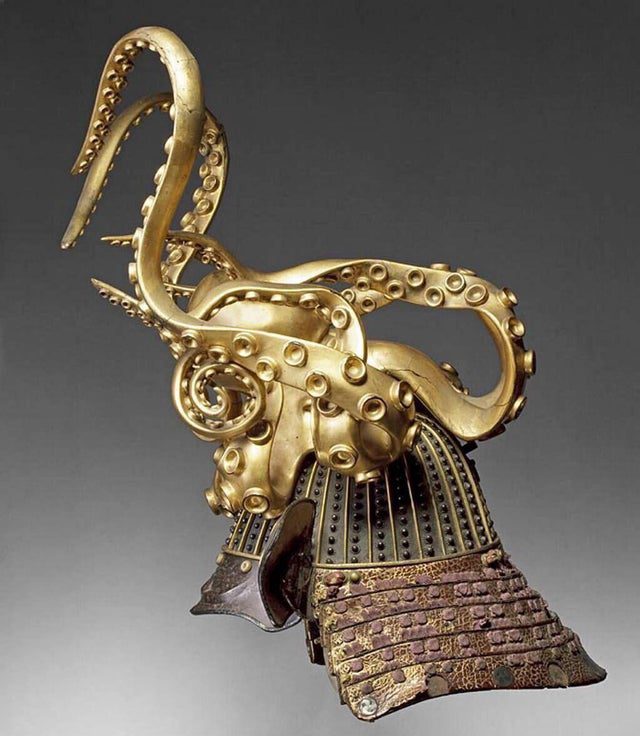
The helmet is roughly around 300 years old and is currently displayed at Florence, Italy’s Stibbert Museum. The Octopus design is believed to represent Akkorokamui, a deity from Ancient Japanese mythology associated with healing powers. It is also associated with fickleness.
The Glass Mosaics of Zeugma
Sometimes you have to think about how much stuff is still out there waiting to be discovered and uncovered? A great example is this 2,000-year-old glass mosaic of the Greek muses excavated in the ancient city of Zeugma in modern-day Turkey.
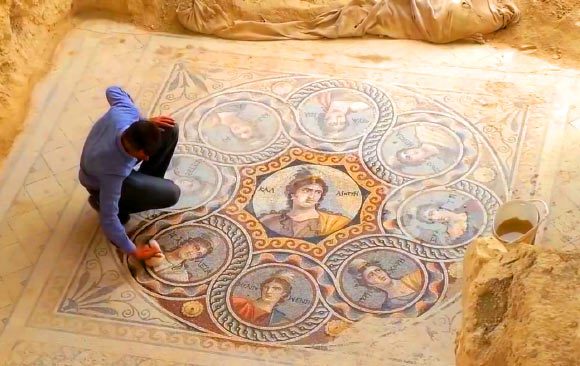
The enchanting mosaic is believed to have been part of some wealthy Roman’s villa as the city of Zeugma was once Greek before it was taken over by Romans and renamed Commagene. Fortunately, the mosaic was able to stand the test of time!
Caveman Mammoth Bone Huts
So far, we have seen cave dwellers make clay sculptures and crystal tips for spears or arrows. Well, next, we get to see how some of them made their homes, namely huts made out of mammoth bones and hides!
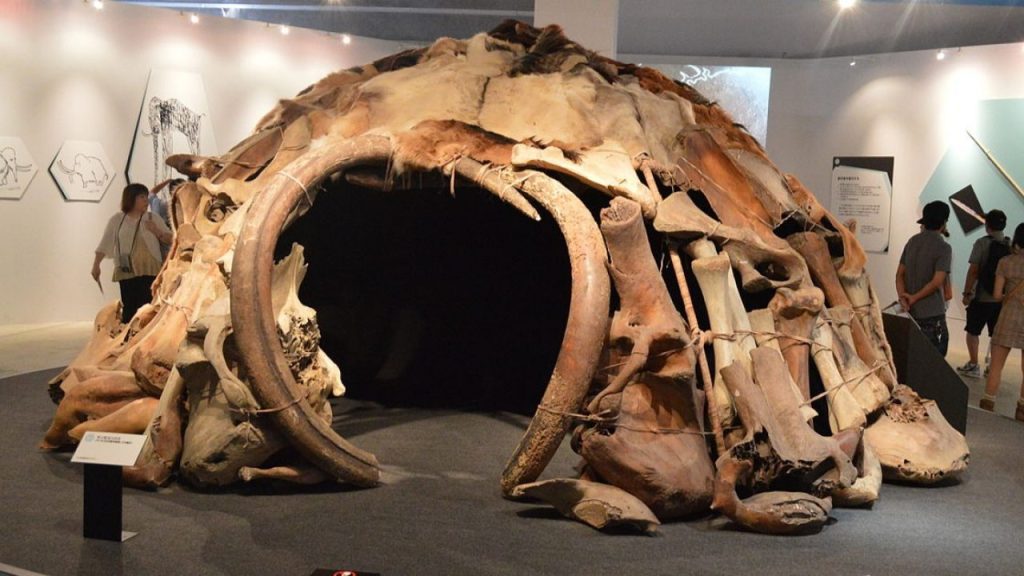
Mammoths are an extinct species of elephantid and ancestor of today’s living elephant species. The discovery of this 25000-year-old hut, found in Ukraine, gave archaeologists an insight into how the ancient cavemen lived and what they probably used for shelter.
Ice Age Cave Paintings
Early troglodytes were not only creative builders, but they were also surprisingly skilled artists. This 8-mile-long creation was found deep within the forests of the Amazon. Archaeologists have theorized that the painting dates as far back as the Ice Age.

The painting, drawn using just ochre, depicts not only the lives of the cavemen of the period but also of the now excitant species of animals that they came into contact with, as well as many that are still around.
A 17th-Century Ottoman Tent
Tents are useful inventions that allow one to quickly assemble a portable shelter to provide some protection against the elements. As such, tents have been a common feature throughout much of recorded history. Some of them are more enchanting than others.
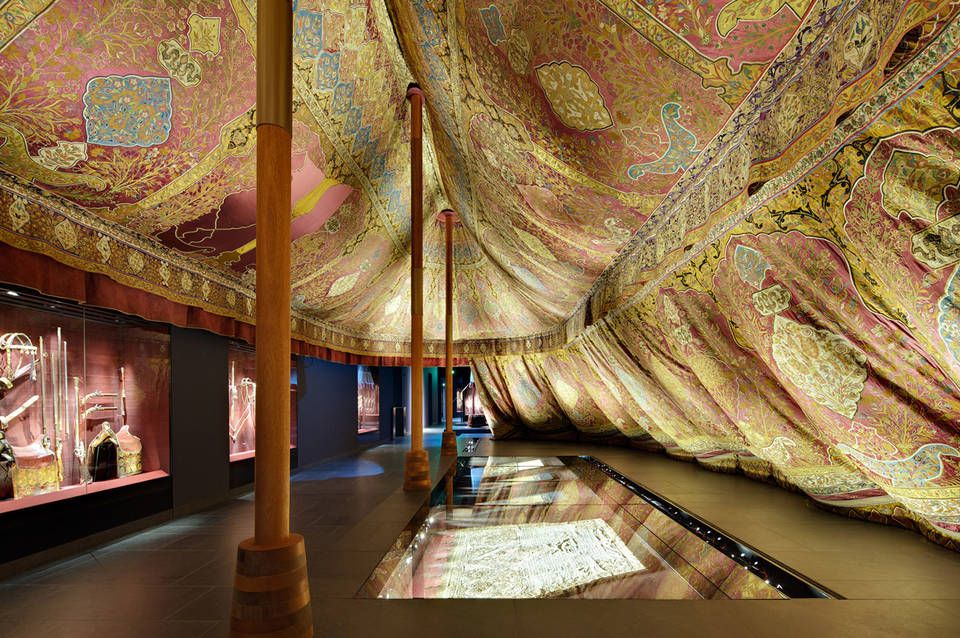
This decorative 17th-century Ottoman tent made from cotton, silk, and satin was most likely used during campaigns to shelter goods and house men or for ceremonial events of the nobility. The tent is 8 meters wide, 20 meters long, and 6 meters high!
Fish Decorated Bowl
This amazing and expertly painted bowl was created in the Iranian city of Kashan between the 13th to 14th centuries. The skillful use of colors and proportions allows the fish “swimming” within the bowl to take on a 3D-like quality.
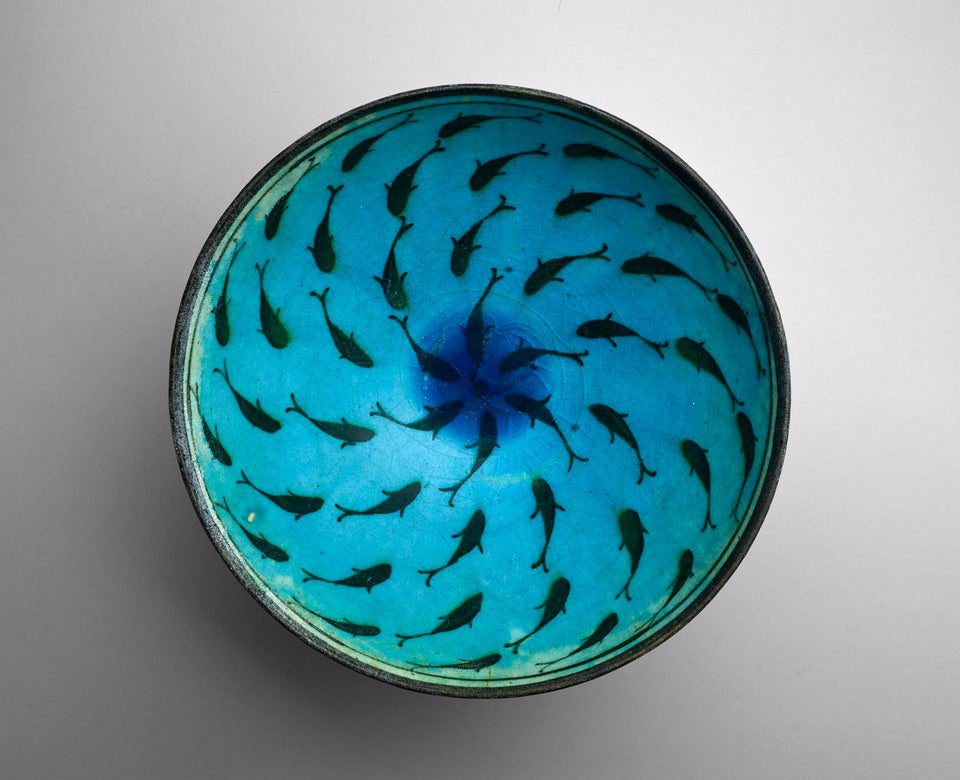
The bowl and other similar art pieces are currently housed in the Hossein Afshar Collection at Houston’s Museum of Fine Arts. Wouldn’t it be something if bowls like these were more commonly made? They would really upgrade your dinner-hosting game!
Paint Palettes from Ancient Egypt
Not ones to ever be outdone when it comes to the world of decorations, Ancient Egyptians were quite ahead of the crowd with these predecessors of the paint palette. It’s also amazing just how well preserved the color samples are!
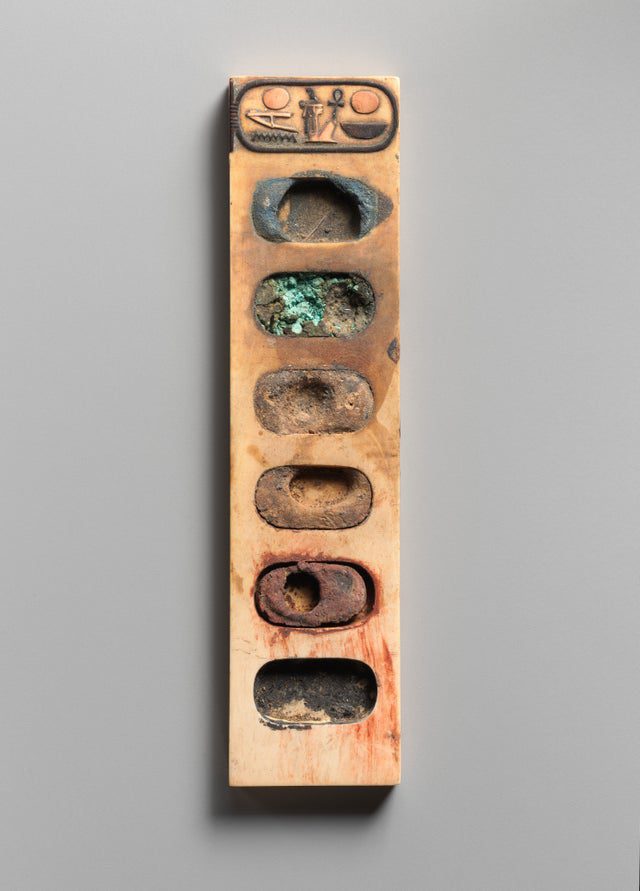
This over 3000-year-old paint palette is made of ivory, with the little decoration on the top of the palette believed to serve as a date of sorts, indicating which Pharaoh was ruling at the time. It’s so well-preserved, someone could make new art with it!
Abuna Yemata Guh
This seemingly lone giant mountain, which can be found in Ethiopia, reaches a height of over 2,600 meters! But what is really marvelously about this stone giant is the centuries-old church called Abuna Yemata Guh, which lies within the mountain.
The church is dedicated to one of the Nine Saints, Abuna Yemata, and is thought to be around 1,600 years old. The church has become world-famous not only because of its location but of the intricate and ancient paintings that cover it.
An Ancient Egyptian Ring
We know this one might suspiciously look a bit too much like one of those gummy sweet rings you used to buy at the shops or even just a cheap toy ring. But no, it is an authentic Ancient Egyptian artifact!
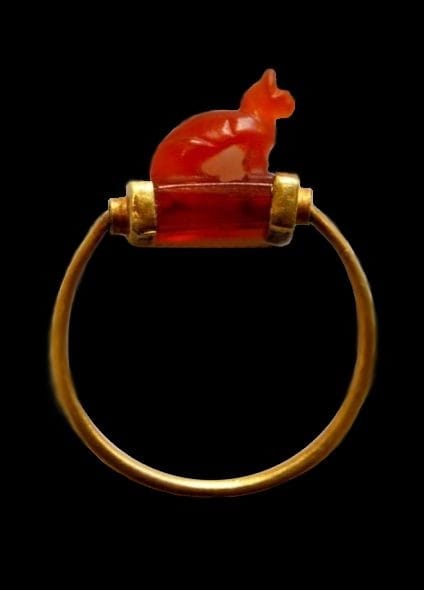
The ring is thought to have been made as far back as 700BC, with the ring’s band made from gold, while the cat was cut from carnelian stones, a favorite among many cultures of the region. It’s in fantastic condition!
The Cuzco Walls of Peru
The city of Cuzco – no, not the loveable idiot Kuzco from The Emperor’s New Groove, but the Incan city for which the character was likely named – was the capital of the Incan Empire and the current capital of Peru.
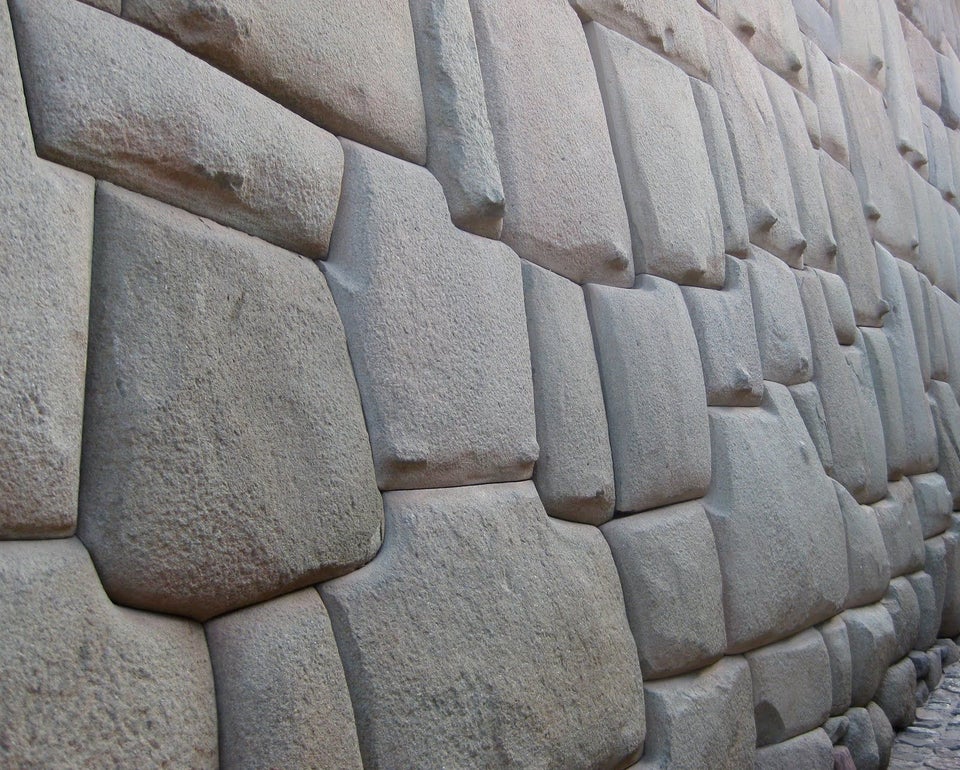
But what makes Cuzco (or Qusqu in the original Incan) worth mentioning is the fact that its centuries-old walls earned it the status as a UNESCO World Heritage site, walls that look as new as the day they were first assembled.
A Viking Era Ring
Archaeologists are always seemingly finding more and more buried treasures beneath the earth, such as this ring from the Viking era that was found in Birka Sweden (a once significant trading settlement located on Björkö island) while excavating a 1000-year-old gravesite.
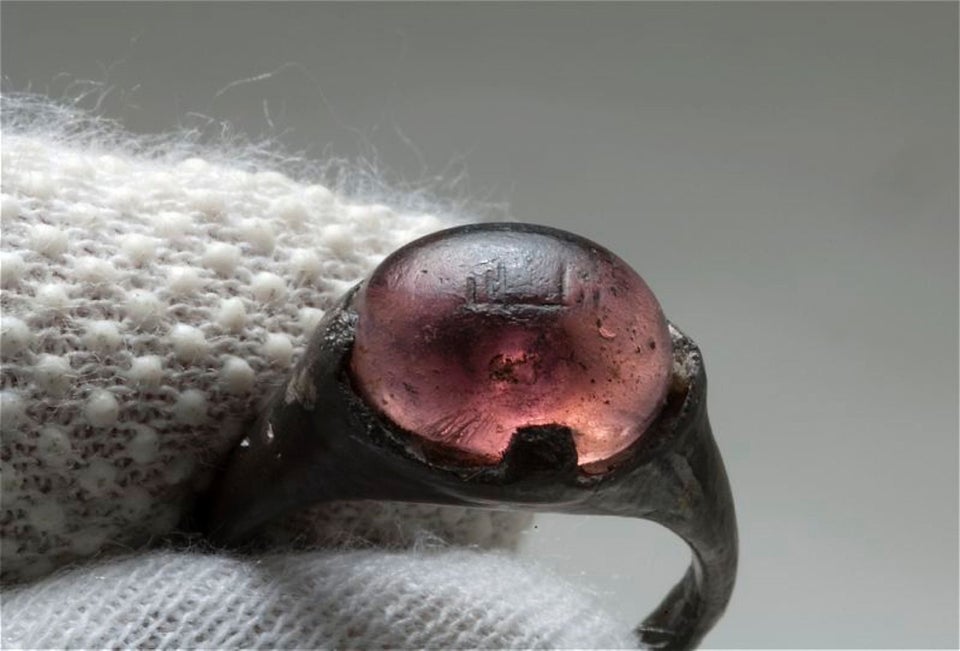
The ring is made from high-quality silver, with some theorizing that the gemstone is a form of stained glass. But what is really cool about the ring is that it has the Arabic inscription “for Allah,” proving the Norse were skilled travelers.
A Medieval Gold and Sapphire Ring
Sometimes you don’t need professional archaeologists or historians to reveal some of the hidden treasures of the past. This gold and sapphire ring is a principal example; it was found by an amateur treasure hunter exploring the Sherwood Forest in England.
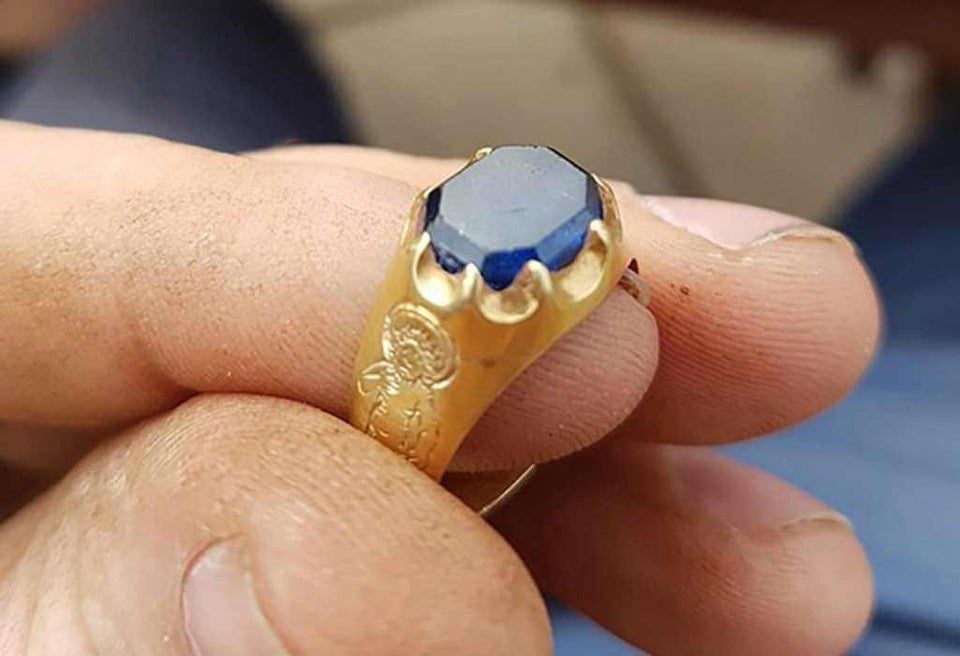
Professionals have roughly dated the ring from the 14th-century or even earlier. But who its owner might have been is unknown. The ring features two etchings, one of possibly Saint Brighid and the other is likely Christ as an infant.
An Inuit Amulet of an Otter
Found within the Arctic circle, this adorable little figurine made from solid ivory depicts a cute sea otter with its paws placed upon its face. Experts believe the little figure is at least 130 years old. Not ancient, but still worth checking out.
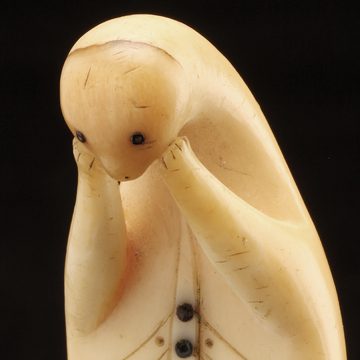
No one really knows what purpose the figure served. Some believe that it might have served as a lucky charm during hunts as that was common enough among some groups of Inuit people. Maybe it was just made to look nice on the mantle!
2000-Year-Old Scythian Woman’s Boot
Sometimes it just seems impossible to find a good pair of boots that will last you more than 2 or 3 years. If you are familiar with this feeling, then these near-perfectly preserved 2,000-year-old boots are sure to make you jealous!
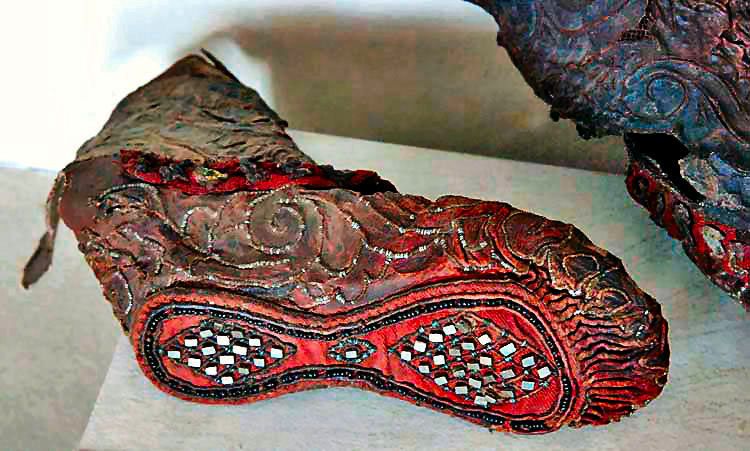
Uncovered high within the Altai Mountains, these boots were found amongst the remains of a Scythian burial site, with the shoes themselves believed to have been owned by a woman. The incredible preservation is likely due to the sub-zero temperature.
Galileo’s Moon Drawings
One of history’s most famous, important, and influential thinkers, Galileo holds the title of the father of astronomy, the scientific method, modern science and physics, and many more. The man’s daring thinking got him in trouble with the Roman Inquisition and priesthood.
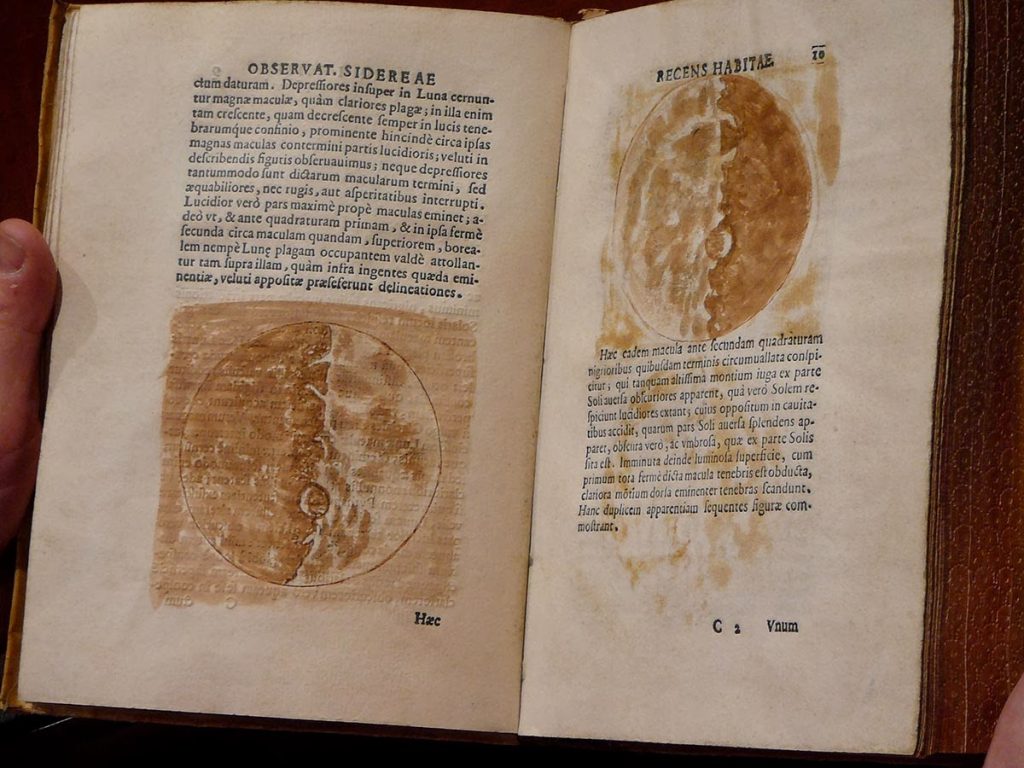
One of Galileo’s most impactful discoveries was his argument that the moon was not, in fact, a perfect sphere, but instead that it was covered in mountains and valleys due to the waning of the light that played on the moon.
A Roman Beware The Dog Sign
Sometimes you can forget just how old some things are, such as the trusty “beware the dog” signs we see around homes and buildings. How many of you would ever have imagined that they already used it back in the Roman Era?
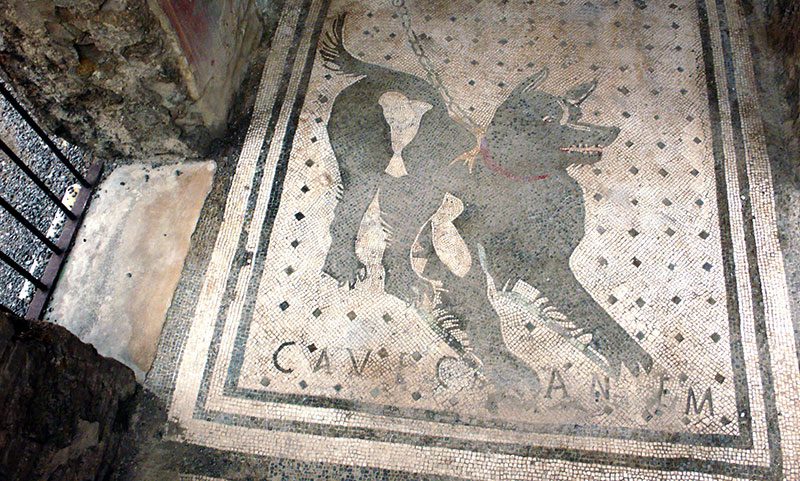
The mosaic, believed to date back to 1-2AD, was first discovered during an exaction of the ancient ruined city of Pompeii. The mosaic reads “cave canem” or “beware the dog” and was placed in what would have been the front entrance.
A Tiny Statue of Death
Death and the concept of death have entertained and fascinated hundreds of cultures for just about as long as human history. Usually, when we think of a personification of death, we imagine the scythed and hooded figure of the Grim Reaper.
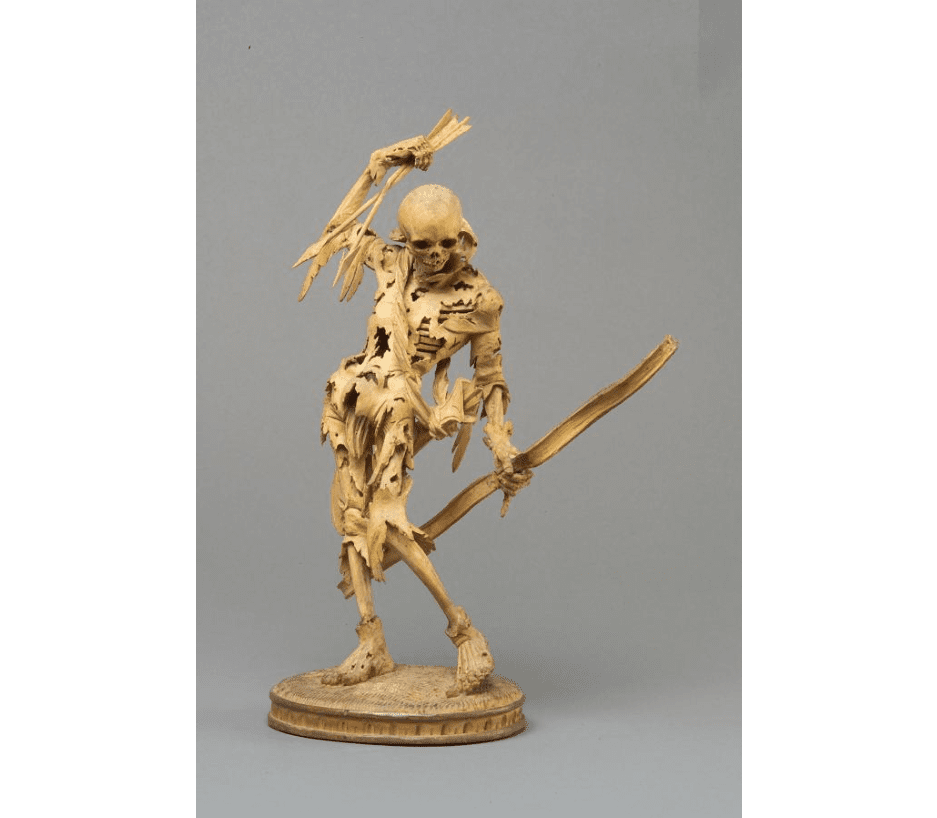
And while this is a popular western imagination of Death, it is not the only one. A good example is this tiny sculpture made in 16th-century Germany, where Death was commonly shown using bows, darts, and arrows, not the now-classic scythe.
Clothes of Mourning
When it comes to mourning clothes, proper western etiquette calls for clothing that is simple, understated and black. And while the color has remained relatively unchanged for a long time, they were not always understated, such as the outfit of Magnus Brahe.
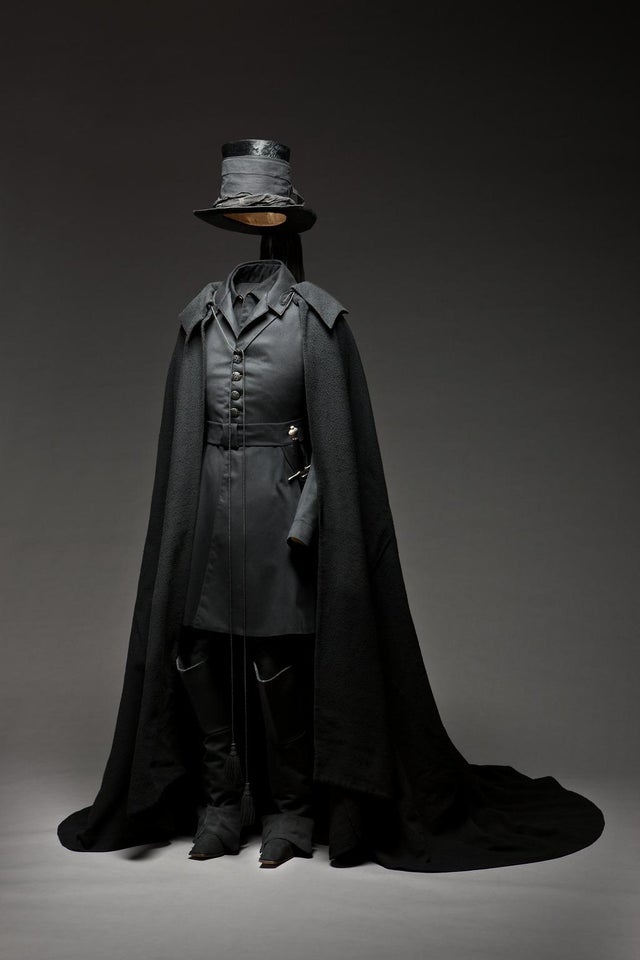
Magnus Brahe was an 18th-19th-century Swedish count and favored companion of the Swedish king, Karl XIV Johan. Magnus wore this elegant Zorro-esque outfit for the funeral of his friend Karl XIV in 1844 and is said to still be housed in Skokloster castle.
Roman Mouse Mosaic
The ancient world really knew how to make some fascinating and incredibly eye-catching mosaics, such as the Unswept Floor by the Greek artist Heraclitus. The mosaic, made from marble and glass, was part of the dining hall for a royal roman villa.
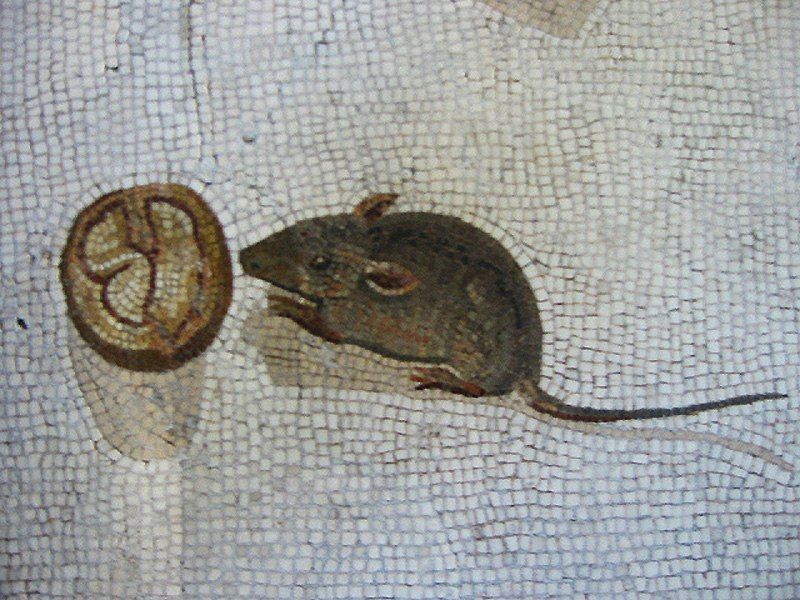
While the mosaic itself is superbly done, the one element which always attracts the most attention is the tiny brown mouse who is seen nibbling on a discarded walnut. Amazing how they even managed to create shadows and dimensions with just marble!
200-year-old stockings
Finding a good pair of stockings can be an absolute nightmare, not to mention no matter how good, expensive or fancy they are, they will inevitably get ripped by the slightest nick or tear. Bye-bye to another pair of stockings.
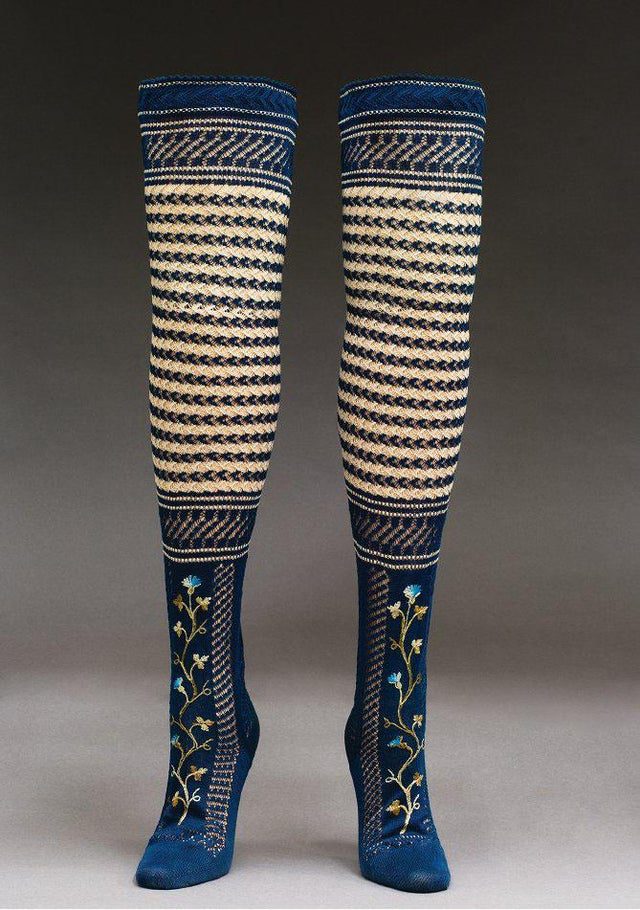
This is certainly not the case for these amazing 200-year-old women’s stockings, which, besides looking so fabulous, have certainly lasted the test of time! Not much is known about their origin, but they can be found at the FIDM Museum.
Chand Baori
Back to ancient architecture. One of the most impressive creations you are likely to see is the Chand Baori stairwell, the largest and deepest stairwell in India. It certainly is an architectural marvel with its 13 levels and 3,500 steps.

Chand Baori is both new and old, with the lower sections and steps dating back to the 8th century, whereas the higher sections and columned area were constructed sometime in the 18th century. The building served to collect water for those in more arid regions.
An Ivory Snake and Skull Carving
Of all the statues, sculptures, and carvings we have seen so far, few can match the extreme detail of this 19th-century snake and skull carving made from solid ivory with carnelian gemstones for the snake’s eyes. This sculpture is gorgeous!
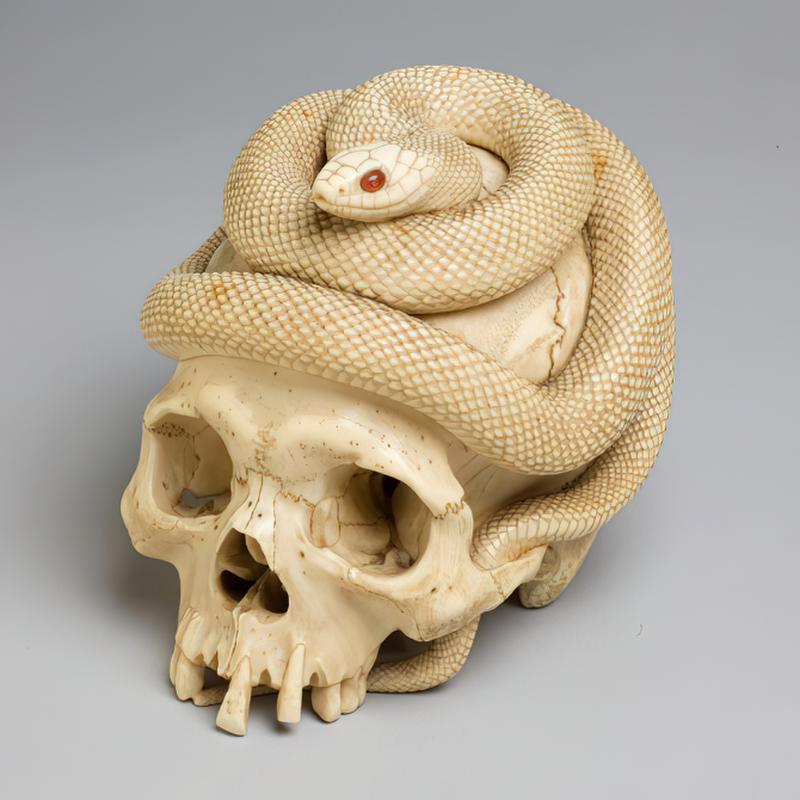
This incredible and realistic piece of art was created in Japan back in 1860 during the Edo period by an unknown artist and for an unknown patron. The carving is currently on display at the Art Gallery of Greater Victoria, Canada.
18th century books
You never really do know just what you might find in some stores, particularly charity or second-hand stores. Sometimes you end up with a story similar to this anonymous individual who covered two 18th-century books amongst a pile at the Goodwill store where they worked.
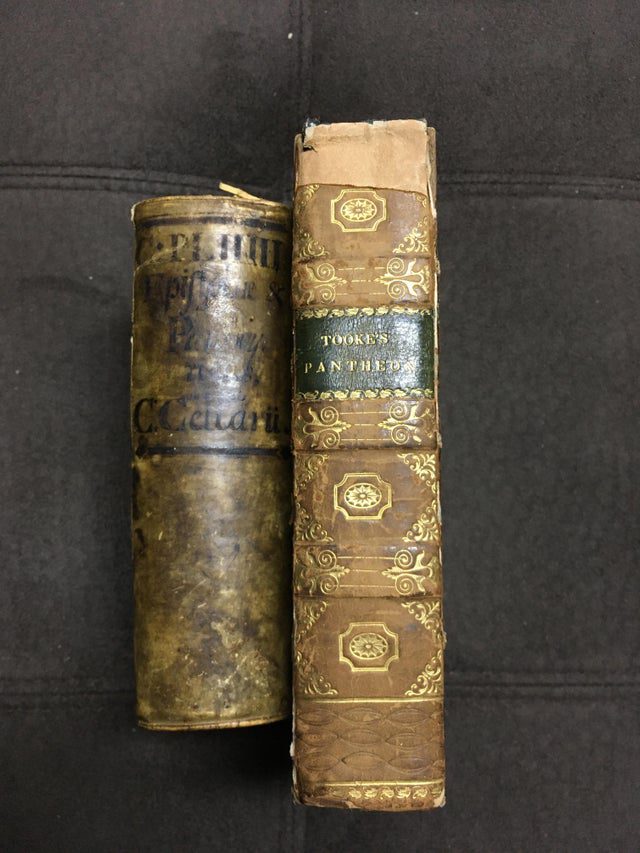
Both books were not only rather well preserved, all things considered (probably thanks to their leather covers), but they were also extremely fascinating. The one was a collection of letters by Pliny the Younger and the other a collection on Greek Mythology.
Roman Bathhouse – Hammam Essalihine
The ancient Romans were famous for their fondness of bathing, as exemplified by the dozens, if not hundreds, of ancient Roman bathhouses and ruins that dot most areas that they occupied. A particularly noteworthy one is the Hammam Essalihine bathhouse.
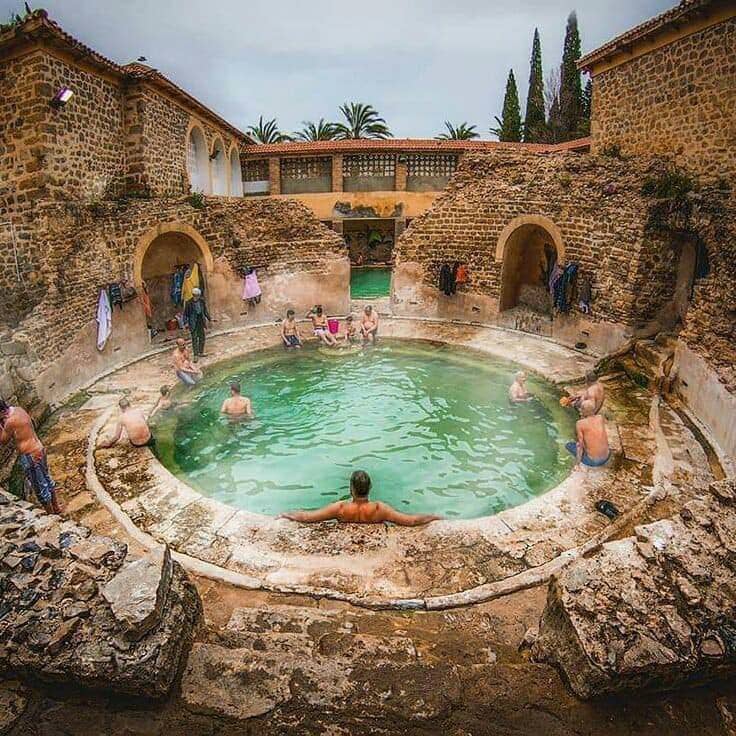
Located in the modern-day Algerian province of Khenchela, the Hamman Essalihine bathhouse dates back to around 60-90AD. The bathhouse has survived a series of wars and natural disasters and is still in use today, and is believed to have healing properties.
The Clay Footprint of a Roman Child
Keeping things Roman for the moment; another fascinating discovery is this almost perfectly preserved footprint of a Roman Era toddler, imprinted onto a 2000-year-old clay tile. The discovery was made in the French city of Vaison-la-Romaine, formally Vasio Julia Vocontiorum in Roman.
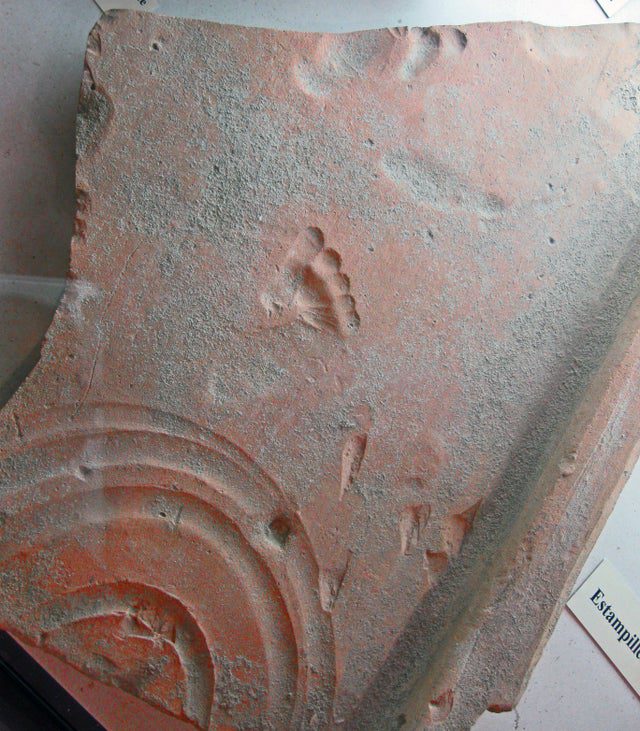
One can only imagine what mischief the toddler could have been up to as it ran around the old city, stopping briefly for some air as they played while leaving their mark in the stone for us to find centuries later.
Michelangelo’s Moses
Few sculptures and artists of the past are able to carry as much awe, respect, and admiration as Michelangelo’s work does. While he is more known for his statue of David, many of his other pieces deserve equal praise.
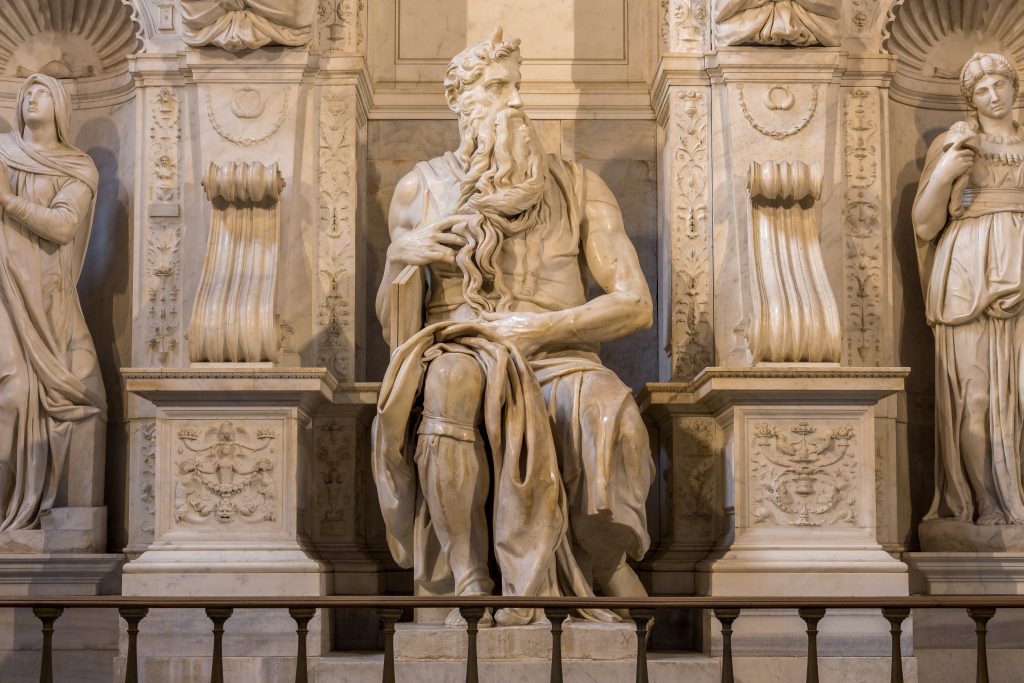
A notable example is his statue of Moses which is displayed in the San Pietro in Vincoli church in Rome. The sculpture by itself is awe-striking, but what makes it so impressive is Michelangelo’s understanding of human anatomy, showing each and every muscle.
Ancient Oaken Wagon
So far, we have mainly seen things made of stone, ivory/bone, or other hardier substances that have preserved many of these ancient treasures. But not that many made of wood, which is arguably less hardy. That is, except for now.
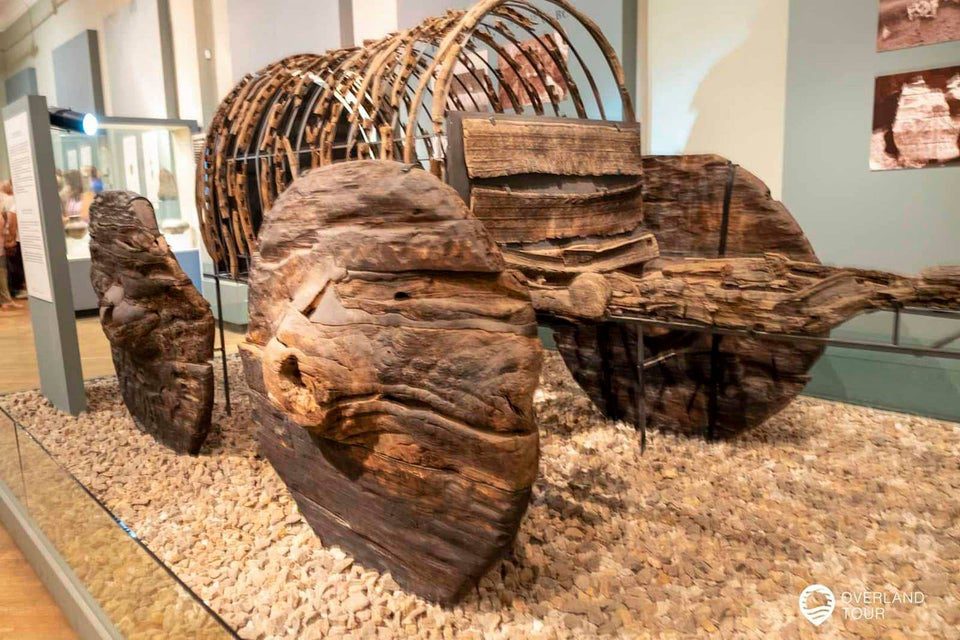
Presenting an over 4,000-year-old wooden wagon that was unearthed in the Armenian village of Lake Sevan. And this one, currently on display at the History Museum of Armenia, was one of a dozen other wagons found around the excavation site.
Pre-modern Human Head Surgery
Yes, you read that right, ancient and pre-modern human head/brain surgery. Who would have ever imagined that people all the back to 400AD/CE would have practiced such advanced forms of surgery? Well, we don’t know how successful they were back then.
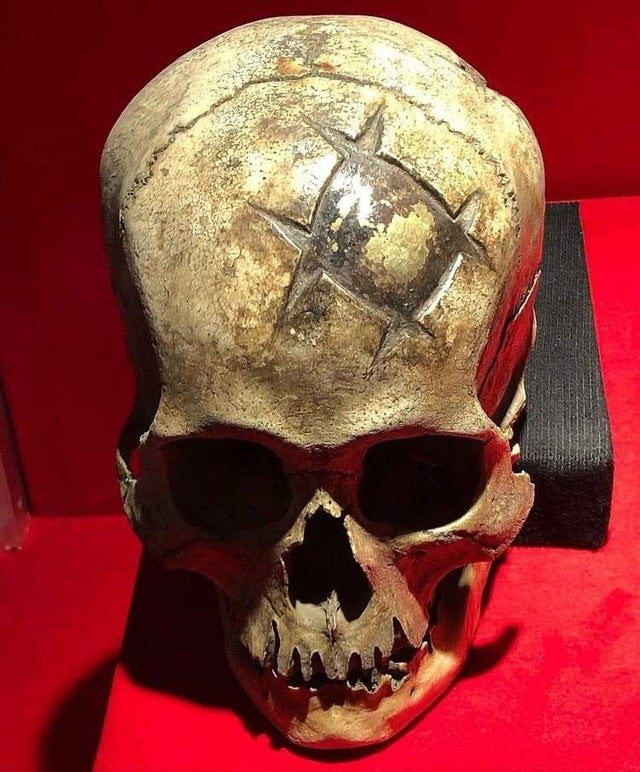
Archaeologists believe that the operation was a rudimentary form of cranioplasty, a procedure meant for correcting bone defects of the skull. And while we have no way to tell for sure, they also believe that the patient survived to tell the tale.
A Knife, Pistol, Calendar
Sometimes you really have to wonder and give a hand to the creativity of inventors in the past, namely whoever decided not only to make a pistol but also make it a knife while also turning the blade into a calendar.
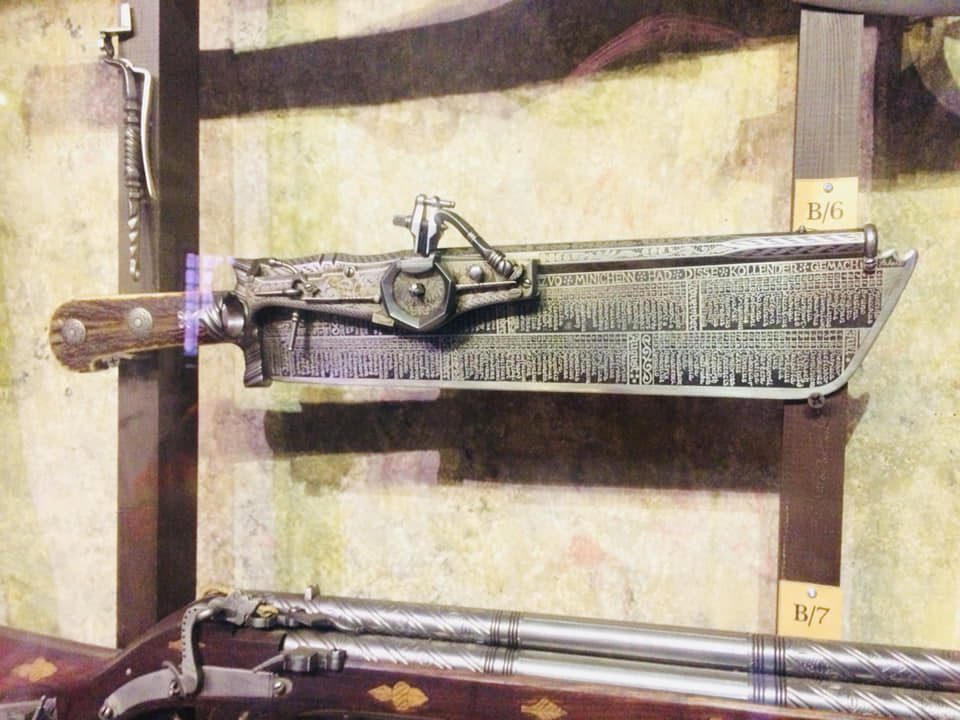
Sadly, not much is known about the crazed genius who invented this strange weapon or whether it was ever used on a person. But if you ever want to see it for yourself, it is currently housed in Prague Castle.
An Indian Tiger Cannon
Not to be outdone by the madman who created the three-in-one knife, we have these marvelous Indian cannons from the 18th century that were made in the likeness of tigers, which definitely makes them intimidating to stand in front of
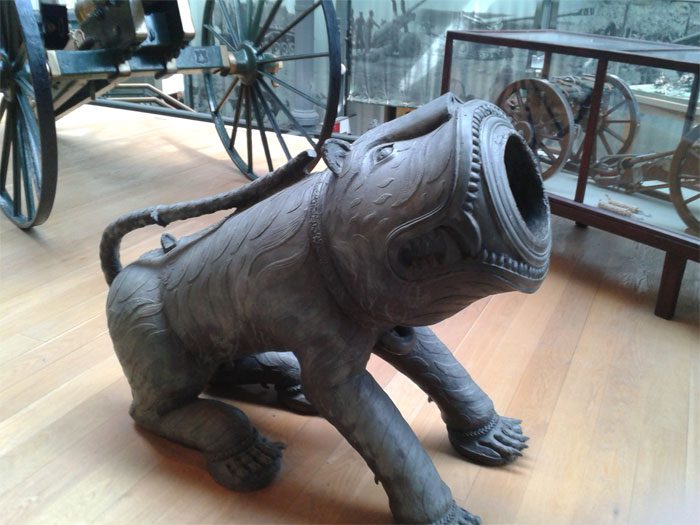
The cannons are believed to have been made for the Tipu Sultan, who was the ruler of the Kingdom of Mysore and known as the Tiger of Mysore. Sadly, the cannons were never completed for some reason and are not operational.
The Cord of King Tut’s Tomb
The legendary and infamous Egyptian Pharaoh, Tutankhamun, known to the world as King Tut, has been the source of much of the talk surrounding curses linked to disturbing Egyptian burial sites. His own tomb is almost certainly the most legendary.
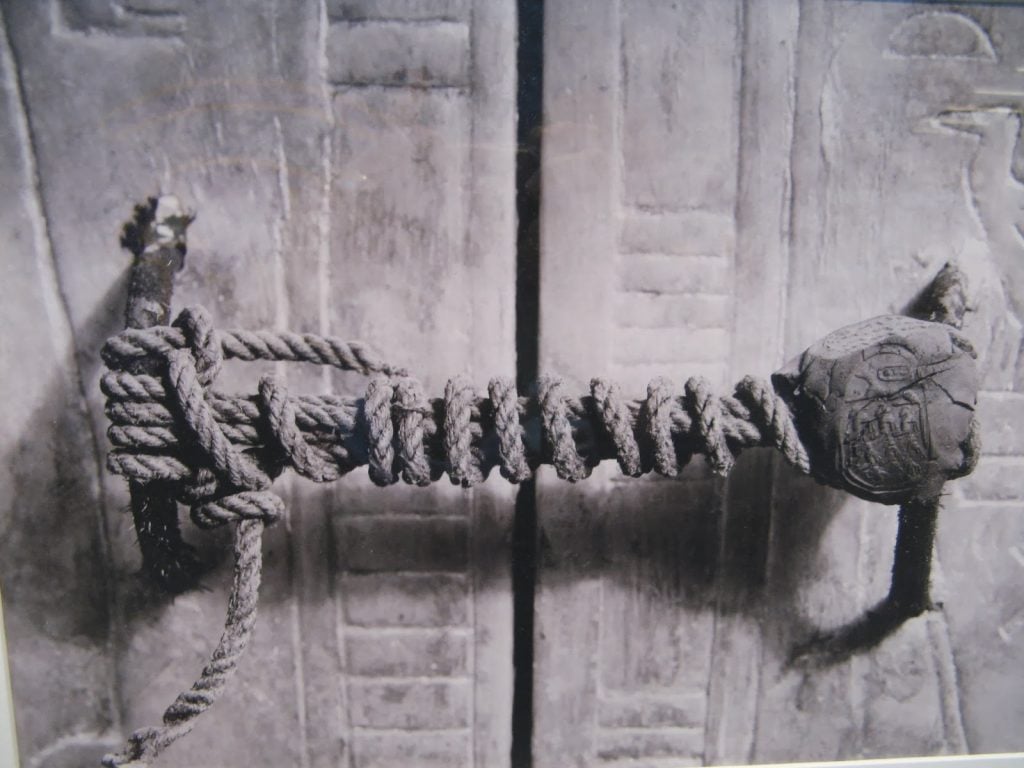
Tutankhamun’s sarcophagus is said to have been buried within a series of five rooms or shrines, as they are called. This cord is said to have guarded the door of the second shrine and held the description of the now famous curse.
An Ostrich Egg Globe
This fascinating piece is your ordinary globe. Just kidding; it is a globe of the world known to 16th-century explores curved from an ostrich egg! While its exact age is unknown, many historians believe it could be the oldest map of the “New World.”
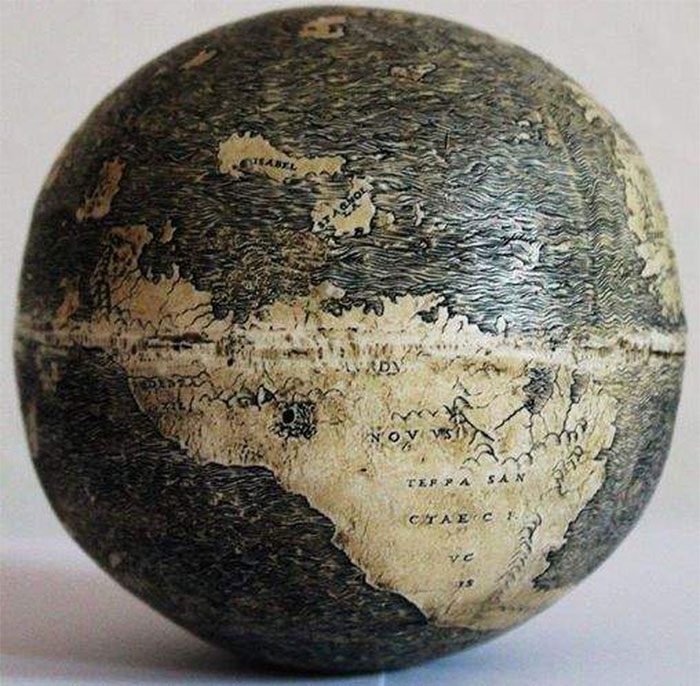
No one knows for sure who owned or made this exquisite treasure, which we find to be a shame. That said, it is believable that the egg might have been made for a wealthy Italian family, as the practice was prevalent among them.
The Ancient Egyptian Temple of Hathor
We have the Dendera Temple complex, or, to be more specific, the ancient temple of Hathor located in the Egyptian city of Dendera. The temple was dedicated to the sky goddess Hathor, the wife or mother of the ruling god Ra.

That aside, it is worth mentioning due to the incredible designs, carvings, and stonework that decorates the interior of the temple. It is no surprise that this 2,000-year-old temple is regarded as one of the most beautiful in all of Egypt.
A Concealed Gun Within a Bible
We all know or have at least heard that politics is a dangerous game. And early Church politics of the Medieval ages was no less dangerous as priests and popes fought for power. Perhaps that’s why this hidden Bible gun was made?
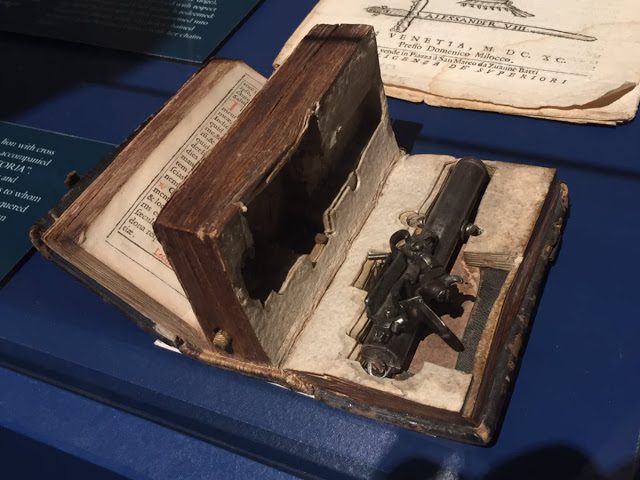
Well, maybe not. This hidden weapon was believed to have been owned by the 17th-century Doge of Venice, Francesco Morosini. Some historians believe it was made to serve as a concealed weapon during the Doge’s involvement in the Great Turkish War.
